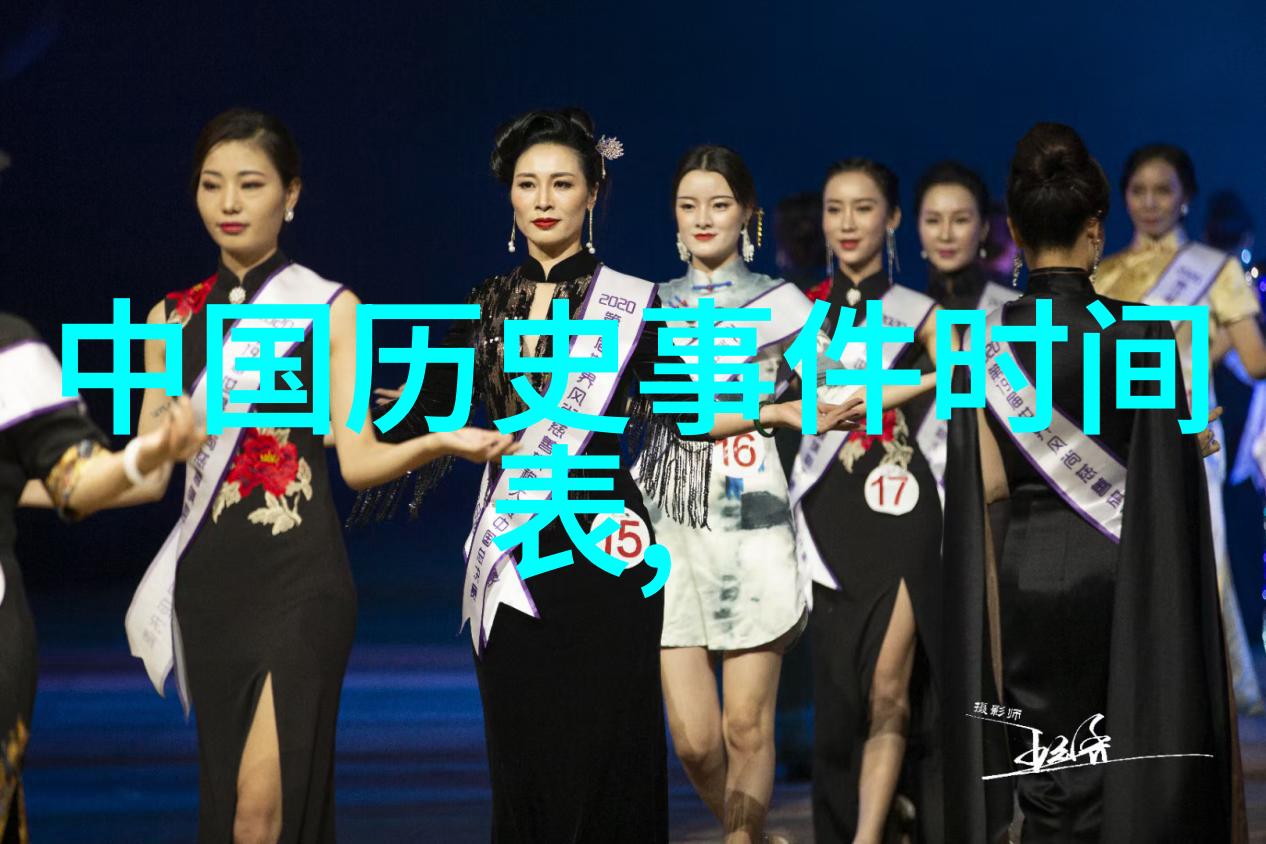从黄帝到夏朝:开创之始

在遥远的古老时期,传说中的黄帝建立了第一个国家——中国。他的子孙后代继续发展和完善政权,最终在公元前21世纪左右,由禹创建了夏朝,这是中国历史上第一个正式的王朝。在这个时期,社会开始分工,出现了农耕、手工业等生产方式,同时也形成了一定的政治制度和文化习俗。夏桀的暴政导致了天灾人祸,最终被商汤革命推翻。
商周两朝:文明与法治

商汤建立商朝之后,国力大增,不仅经济繁荣,而且文化艺术也得到了极大的发展。这一时期最著名的是甲骨文,它是世界上最早的一种文字之一。随着时间的流逝,商末衰落,其政权被周武王所取代。在周初实行“三监六卿”制,加强中央集权,并且推崇礼仪,使得这一时期成为封建社会中典型的政治体制。
春秋战国:百家争鸣

春秋战国时期,是中国古代历史上的一个重要转折点。这一时代虽然动荡不安,但同时也是思想文化高度活跃的时候。诸侯之间争霸,使得各地产生了一系列哲学思想,如孔子的儒家、庄子的道家等。此外,还有墨子提倡兼爱、非攻,以及老子主张无为而治等思想,为后来的儒道两派奠定基础。
战国秦汉:帝国兴起

战国末年秦始皇统一六国,建立了由他个人担任最高领袖的大秦帝国。他实施了一系列中央集权措施,如废除私产、铲除豪强以及推行标准化货币和度量衡,对后世产生深远影响。但是在其死后不久,他设立陵墓并焚书坑儒,大规模迫害异己造成民心涣散,这些都成为了他统治晚期的一个标志性事件。
汉魏晋南北朝:盛唐之前

汉 dynasty继承并扩展秦的疆域,在科技、文学方面取得巨大进步,如纸making, printing, and silk production. The Han Dynasty also saw the rise of Confucianism as a dominant philosophical force in Chinese society. After the fall of the Han Dynasty, China was plunged into a period of division known as the Three Kingdoms period, followed by reunification under the Jin Dynasty. The Southern and Northern Dynasties were marked by cultural exchange between northern nomadic tribes and southern Chinese.
唐宋元明清:封建主义巅峰与覆灭
The Tang Dynasty is often referred to as "the Golden Age" of Chinese history due to its significant advancements in literature, art, technology and culture. However, it was eventually weakened by internal strife and external threats such as nomadic invasions from Central Asia. The Song Dynasty saw further technological advancements including gunpowder warfare while also experiencing economic prosperity but military weakness against Mongol invaders who conquered much of China during this time.
In conclusion, each era has played an important role in shaping modern-day China's political system,cultureandphilosophy.TheChinesehistorical timelineisnotjustaboutimperial dynasties butalsoaboutthepeoplewho lived through themandtheirachievementsin various fields.
China's rich history can be seen through its dynasties' rise and falls which have influenced its current status today.



